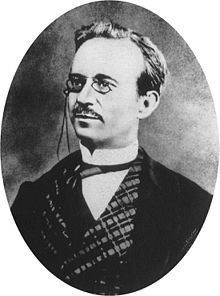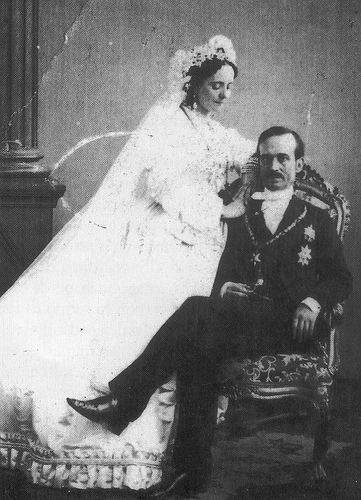Monarch Victor Emmanuel II Children Romana Rattazzi Monarch Victor Emmanuel II | Name Urbano Rattazzi | |
 | ||
Spouse Marie Bonaparte-Wyse (m. 1863–1873) | ||
2015 12 27 corsa n3 m2200 premio urbano rattazzi
Urbano Pio Francesco Rattazzi ([urˈbano ratˈtattsi]; June 29, 1808 – June 5, 1873) was an Italian statesman, and along with the Count of Cavour, one of the Italy's founding fathers.
Contents
- 2015 12 27 corsa n3 m2200 premio urbano rattazzi
- Inaugurazione del nuovo m bun in via urbano rattazzi
- Biography
- Family
- References

Inaugurazione del nuovo m bun in via urbano rattazzi
Biography
He was born in Alessandria (Piedmont). He studied law at Turin, and in 1838 began his practice, which met with marked success at the capital and Casale. In 1848, Rattazzi was sent to the Sardinian chamber of deputies in Turin as representative of his native town. He allied himself with the Liberal party, i.e. Democrats. By his debating powers, he contributed to the defeat of the Balbo ministry, and in August received the portfolio of Public Instruction, though he left office after a few days. In December, in the Gioberti cabinet, he became Minister of the Interior, and on the fall of Gioberti, in February 1849, Rattazzi was entrusted with the formation of a new cabinet. The defeat at Novara compelled Rattazzi's resignation in March 1849.
He left the Democrats for the Moderate Liberals, and formed the group of the center-left. This party formed a coalition with the center-right headed by Cavour. This coalition was known as the connubio, i.e. the union of the moderate men of the Right and of the Left, and brought about the fall of the d'Azeglio cabinet in November 1852 and the organization of a new ministry by Cavour. Rattazzi gave up a Parliament presidency in 1853 to become Minister of Justice and later Minister of the Interior. As Minister of the Interior, he carried a number of measures of reform, including that for the suppression of certain of the monastic orders, partial secularization of church property, and restricting the influence of the religious associations. This precipitated a bitter struggle with the Clerical party. During a momentary reaction of public opinion he resigned office in 1858, but again entered the cabinet under La Marmora in 1859 as Minister of the Interior.
In consequence of the negotiations for the cession of Nice and Savoy to France, which cession he opposed, he again retired in January 1860. On changing his views on this policy, he became president of the lower chamber in the first Italian Parliament, and in March 1862 succeeded Ricasoli in the government, retaining for himself the portfolios of Foreign Affairs and of the Interior. However, in consequence of his policy of repression towards Garibaldi at Aspromonte, he was driven from office in the following December. He was again Prime Minister in 1867, from April to October. Popular reaction to his hostility to Garibaldi again drove him from office. He died at Frosinone on 5 June 1873.
Family
His wife, Laetitia Marie Wyse Bonaparte, whom he married in 1863, was a noted French novelist and a grandniece of Emperor Napoleon I. Together they had one daughter: Romana Rattazzi (1871–1943).
